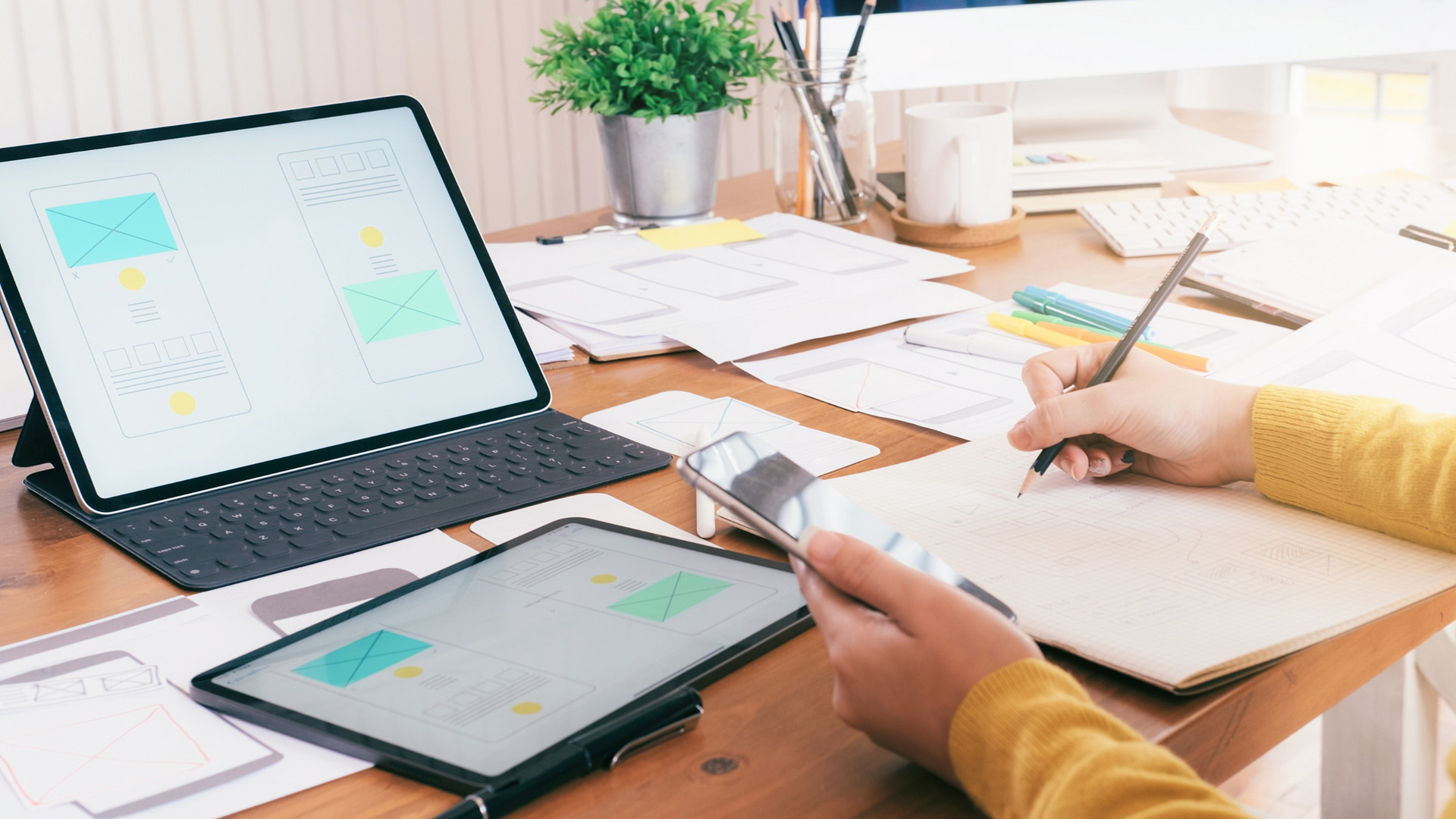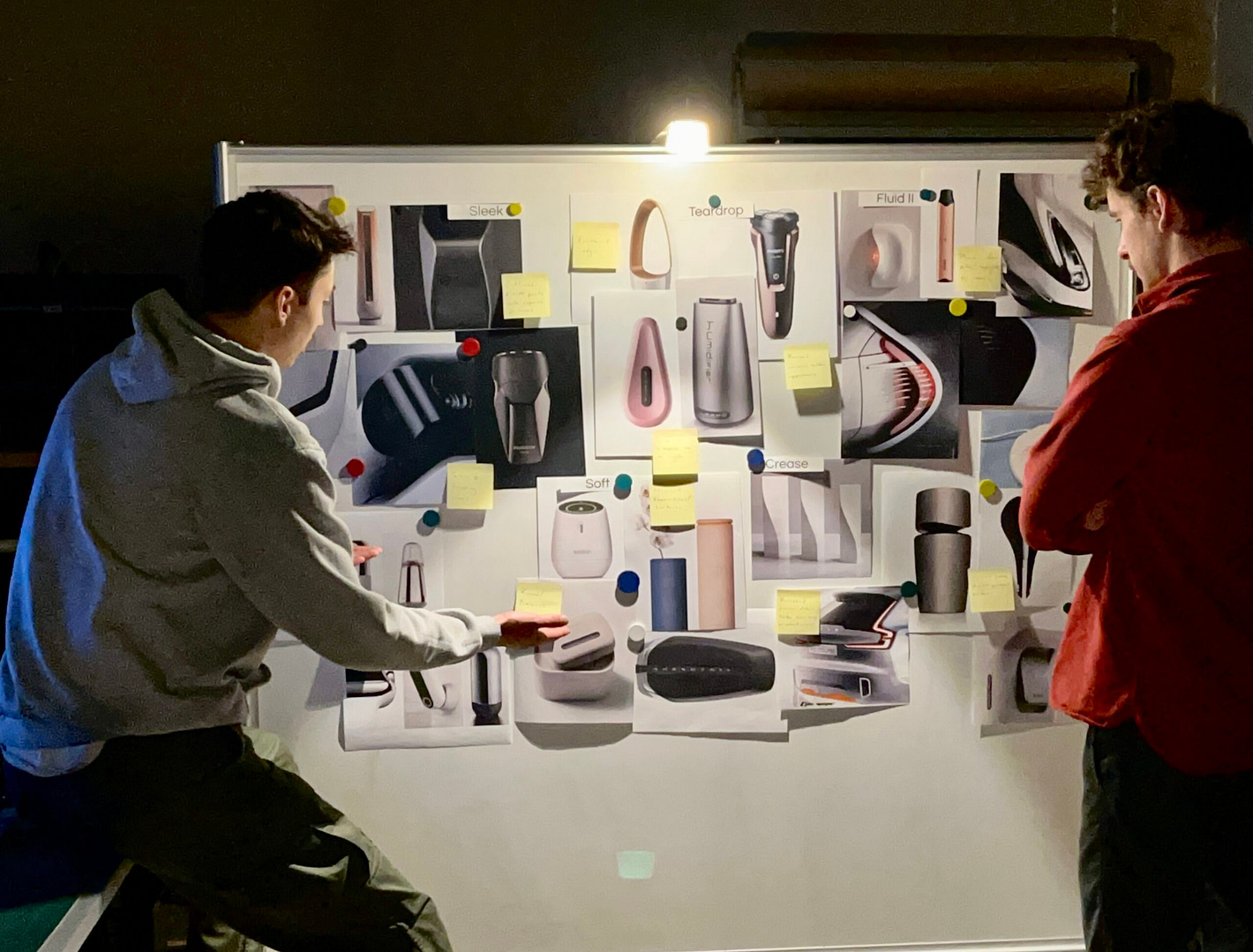Like any industry or field, product design isn’t immune to the need for some basic guidelines and rules. While creativity is subjective and you have the freedom to express your vision, there are still several best practices to adhere to in order to avoid a product design faux pas. To ensure your work is produced at an optimal level, here’s a look at the do’s and don’ts of product design.
Product Design Best Practices
DO: Err on the Side of Simplicity
You know that saying, “Less is more?” When it comes to product design, this euphemism couldn’t be more true. As you’re constructing your design, focus your attention on the aspects and features that are the strongest. Sure, your mind may be flowing with ideas on ways to improve your product’s design. But, instead of allowing yourself to be pulled in a million directions, maximize the quality of your product by aiming to highlight a few unparalleled features. After all, as a consumer, would you opt for quality or a product with an abundance of mediocre features?
DO: Be Clear on Your Priorities
While creating an aesthetically-pleasing design is immensely important, it shouldn’t be the sole focus when it comes to prioritizing your product’s features. Product design stems beyond external visual appearance and should account for other vital facets, like optimizing functionality and ease-of-use. Always focus on ways you can deliver the best value for the end-user. Ask yourself questions like, “Is it intuitive?” and “Is it comfortable to use?”
DO: Conduct Research
Investing time in conducting research is non-negotiable. It sets the entire foundation for the product’s design and go-to-market strategy. It may seem like a pesky, time-consuming task, but think about it: by doing your due diligence you’ll be equipped with competitive intelligence, insights into your target audience, knowledge surrounding the efficacy and cost of materials, and more.
Things To Avoid Doing in Product Design
DON’T: Hold off on Product Testing
You never want to wait till you complete the development process to start product testing. Because let’s face it: it’s nearly impossible for a new design to work flawlessly on its first attempt. As you navigate the product design process, incorporate regular trials into your workflow, so you can make the necessary adjustments needed as you move through development. This will greatly reduce costs and headaches.
DON’T: Make Product Design Synonymous with Developing New Tech
Designing a product doesn’t automatically equate to developing new technology. Too often, people get wrapped up in trying to be overly innovative or produce something revolutionary. Sure, it’s a plus, but unless the concept is already fully fleshed out and plausible, don’t waste time and money on trying different outside-the-box tactics. The real concern is crafting a strong and effective product design. You’d be surprised how much of an impact small tweaks and improvements to a current design can make. That’s the key to success.
DON’T: Assume a Good Idea = a Good Product
This is often one of the harder pills for people to swallow. It’s good to set realistic expectations and understand that not every seemingly brilliant idea will necessarily translate into a revolutionary product. If that were the case, everyone would be in the business of product design. But, the truth is, a good idea is only as strong as how it’ll be rendered and built physically. This is why conducting research is such an imperative piece of product design. Once you do some exploring, you may find the idea is not even feasible.
When it comes to designing a high-quality product, it takes more than having a good concept. To truly build something great, it requires lots of creativity, careful planning, and research. If you’re local to the Chicago-area or if you’re looking nationwide for a creative, innovative product design team, don’t hesitate to reach out at www.choidesign.com.




